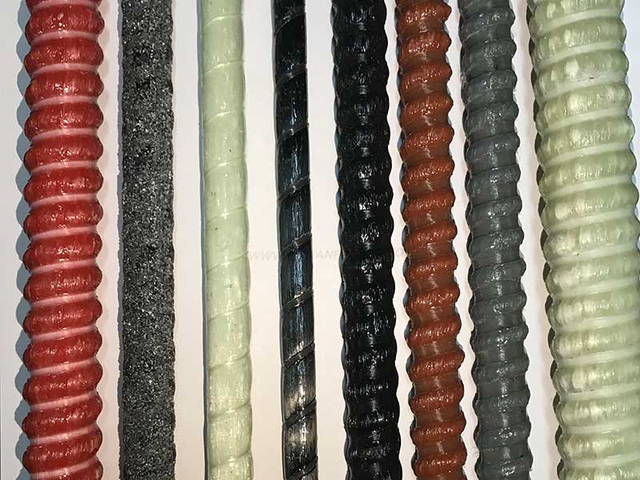Introduction
With the global fiber-reinforced polymer (FRP) rebar market forecast to climb from roughly US $538 million in 2024 to US $1.29 billion by 2030—a 15 % CAGR—choosing the right fiberglass rebar supplier can make or break project profitability.Beyond price, the ideal partner safeguards concrete durability, streamlines logistics, and keeps your specs code-compliant. Below are seven unmistakable signs you’re working with a top-tier supplier—and what questions to ask to confirm it.

fiberglass rebar supplier
1. Their Products Carry Recognized Certifications
ACI 440 compliance: Look for bar tags or mill certificates referencing ACI 440.6 (material) and 440.5 (construction) standards.
ISO 9001 or equivalent quality management system: Demonstrates repeatable production and traceability.
Third-party testing reports from accredited labs (ASTM D7205, D7957).
“FRP reinforcement offers advantages over steel in that it is non-corrosive and non-conductive.” — ACI Committee 440
Ask the supplier: “Can you email the latest ACI 440.6 bar test results with lot numbers?”
2. They Prove Performance With Real-World Case Studies
A credible supplier will share bridge, marine, or precast projects that survived harsh freeze-thaw or de-icing salts without spalling. Request:
Project name, location, and year.
Structural element reinforced (deck, slab, seawall).
Post-installation inspection photos or independent condition surveys.
Seeing evidence of 10-year-old GFRP decks still stain-free builds confidence fast.
3. They Have Transparent Quality Control & Traceability
Top suppliers invite audits of their pultrusion line and resin mixing stations. Expect:
Continuous in-line fiber-volume-ratio monitoring.
Batch numbers laser-etched on every bar.
A digital portal where you can pull tensile, shear, and bond data for each shipment within minutes.
If you only get a PDF and a handshake, keep shopping.
4. Their Mechanical Properties Outperform Your Design Minimums
The best suppliers publish tensile strengths of 89,900 – 159,500 psi (620–1,100 MPa), dwarfing Grade 60 steel’s ~60,000 psi, while remaining linearly elastic to failure.
Design tip: Specify the required ultimate tensile strength and elastic modulus in the bid documents so apples-to-apples comparisons are easy.
5. Logistics Are Lean and Predictable
High-end vendors treat shipping like a science:
Weight advantage: GFRP bars weigh ≈ 75 % less than steel, so a 40-ft container hauls far more linear feet—cutting freight cost per ton and easing on-site handling.
Guaranteed lead times (e.g., 10 days production + 12 days sea freight to Singapore).
In-house customs brokers to pre-clear HS-codes and certificates of origin.
Projects stay on schedule when rebar shows up when promised—no rust to wire-brush, either.
6. They Offer Engineering & Job-Site Support
Look for suppliers that:
Provide free bar-diameter optimisation using ACI 440.1R design equations.
Host on-site trainings covering GFRP bending radii, tie-wire types, and concrete cover requirements.
Maintain a hotline so foremen can text photos of unusual details and get same-day advice.
That expertise saves hours of field rework and future durability headaches.
7. Sustainability & Innovation Drive Their Road Map
A forward-thinking fiberglass rebar supplier will:
Publish a Life-Cycle Assessment (LCA) showing up to 70 % lower embodied carbon versus epoxy-coated steel, thanks to corrosion-free service life.
Invest in bio-based resins and recycled-glass fiber programs.
Support end-of-life take-back or grinding schemes so scrap rebar becomes raw material for composite panels.
Sustainability isn’t just good PR—it wins points with green-building credits and keeps public-sector bidders competitive.
Conclusion & Next Steps
Selecting a fiberglass rebar supplier is no longer about who sends the cheapest quote. The seven signs above—certifications, proof of performance, transparent QC, superior mechanics, rock-solid logistics, engineering support, and sustainability—separate commodity dealers from strategic partners.
Ready to vet your shortlist? Drop your top candidate this article and ask how they measure up. Then share your experience or questions in the comments—let’s build stronger, longer-lasting concrete together!




























